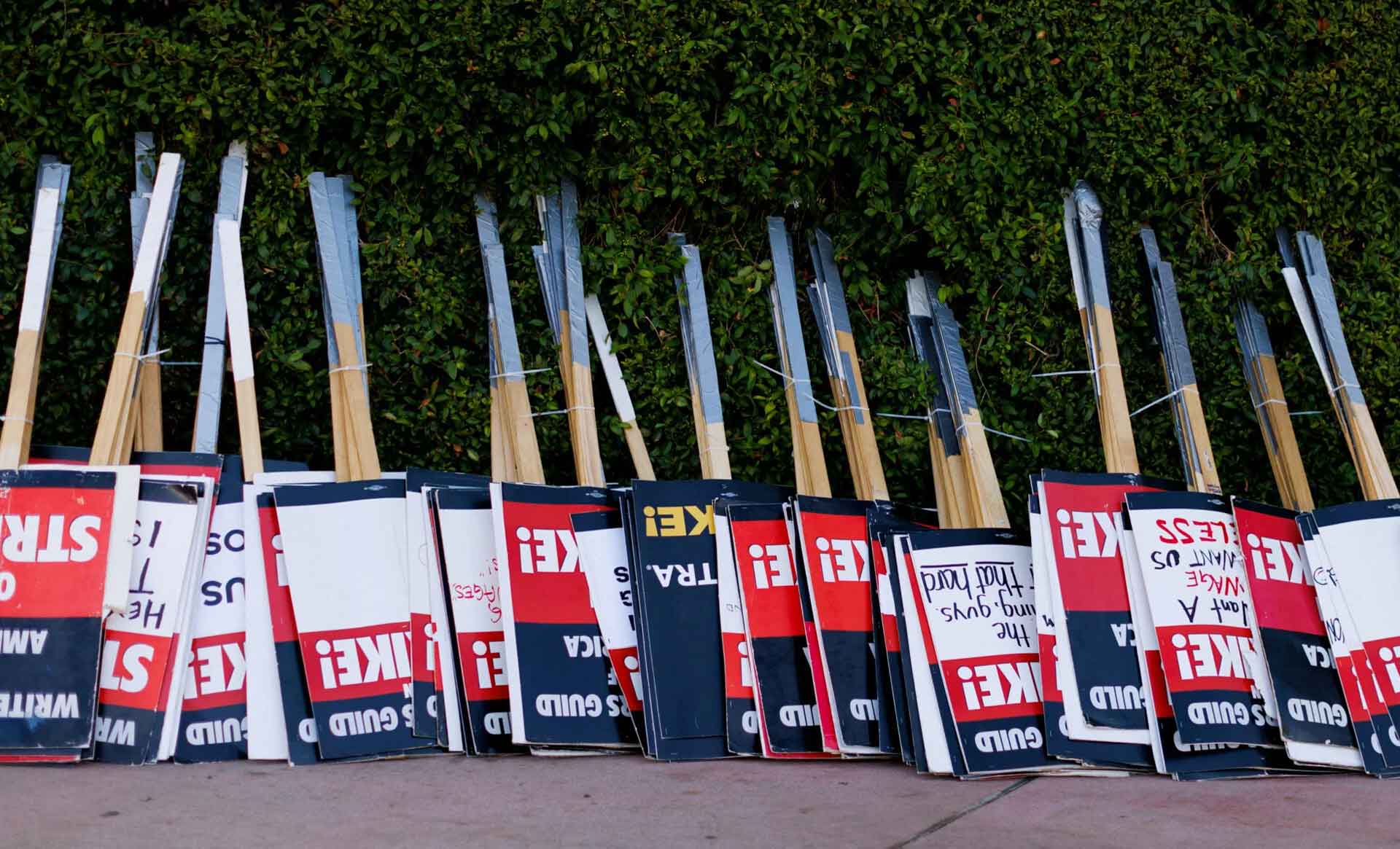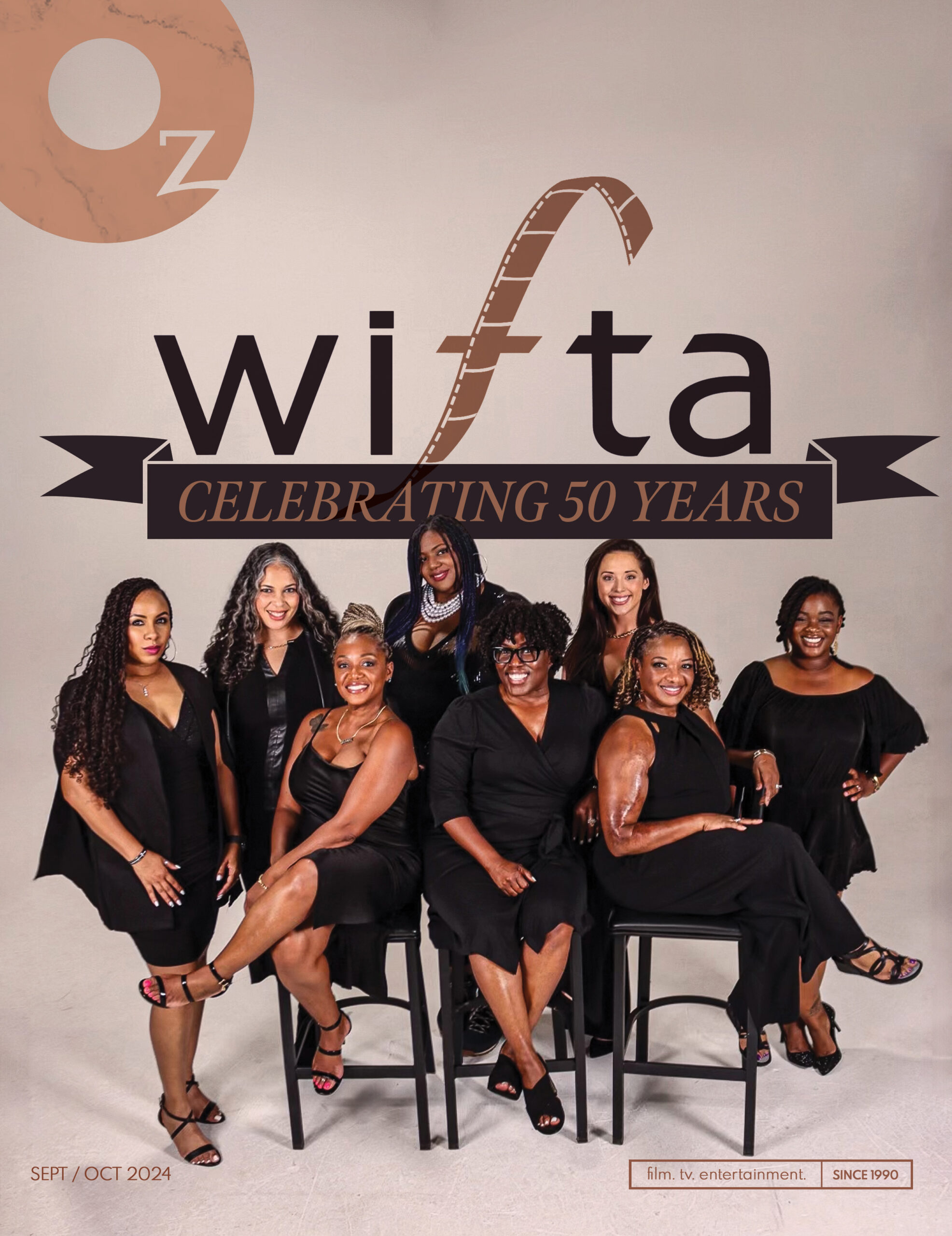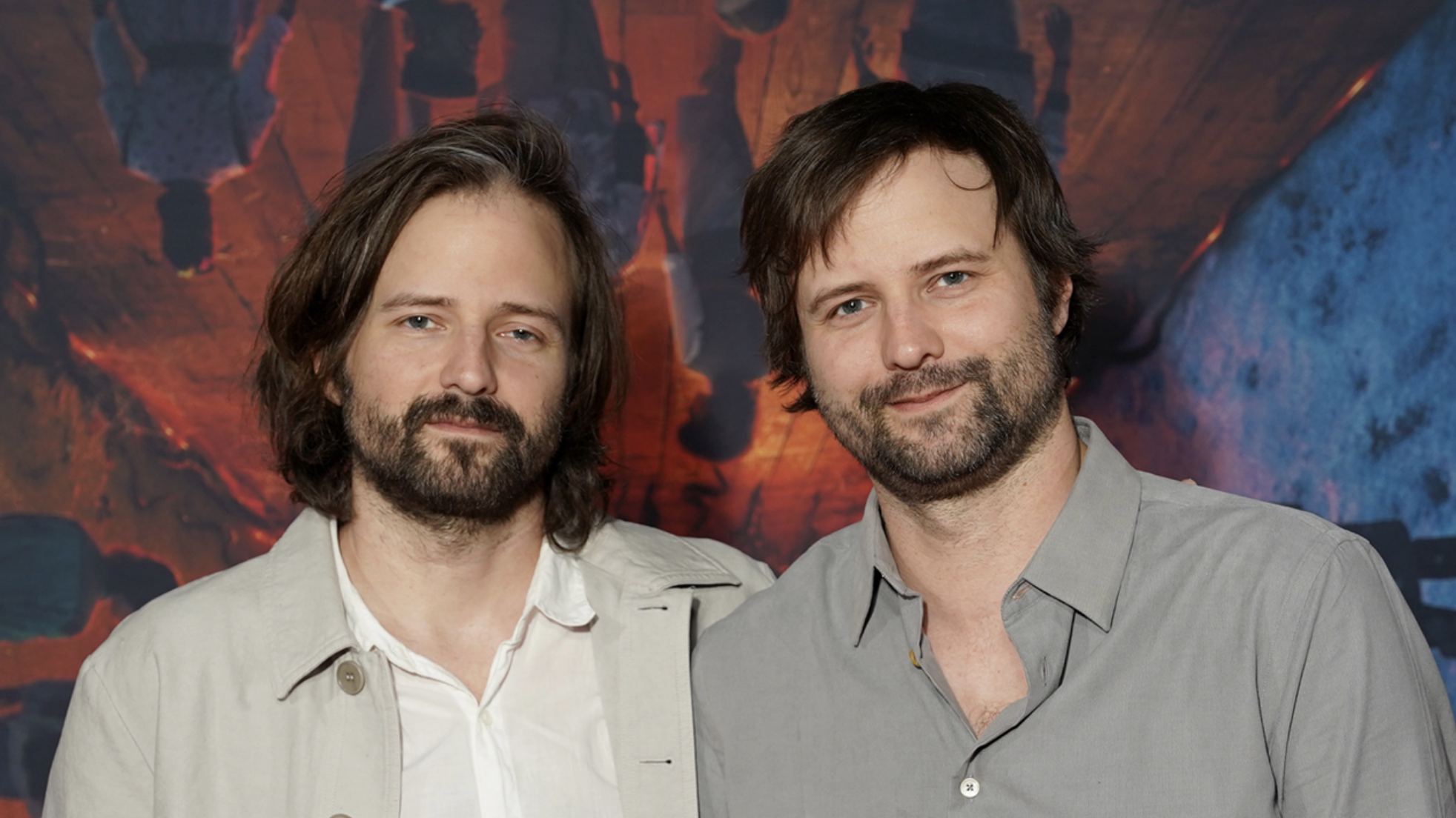
About 148 days into the writers’ strike, just three days short of passing the 1988 strike as the longest ever, the Writers Guild of America has agreed to terms on a new deal.
“Today, your Negotiating Committee, the WGAW Board and WGAE Council all voted unanimously to recommend the agreement,” proclaimed the Guild, regarding the new accord. “It will now go to both Guilds’ memberships for a ratification vote. Eligible voters will receive ballots and materials for the vote which will take place from October 2nd to October 9th.”
The primary points of contention to get the deal finished: AI protection, residuals, and data transparency, were appropriately addressed in a new two-and-a-half year agreement, running from September 25, 2023 through May 1, 2026, and the Guild’s Board and Council have approved writers to return to work through the remainder of the ratification process without losing their right to vote on final contract approval.
“The Guild negotiated a new residual based on viewership,” it announced in a note to members. “Made-for HBSVOD series and films that are viewed by 20% or more of the service’s domestic subscribers in the first 90 days of release, or in the first 90 days in any subsequent exhibition year, get a bonus equal to 50% of the fixed domestic and foreign residual, with views calculated as hours streamed domestically of the season or film divided by runtime. For instance, projects written under the new MBA on the largest streaming services would receive a bonus of $9,031 for a half-hour episode, $16,415 for a one-hour episode, or $40,500 for a streaming feature over $30 million in budget. This bonus structure will take effect for projects released on or after January 1, 2024.”
“The Companies agree to provide the Guild, subject to a confidentiality agreement, the total number of hours streamed, both domestically and internationally, of self-produced high budget streaming programs (e.g., a Netflix original series),” explained the WGA.
Similar to the rates of the Directors Guild, the WGA has received annual pay raises of 5%-4%-3.5%. However, in comparison with the DGA, “some minimums and rates increase less, mostly by 3% each year, while a few rates increase only once or do not increase over the contract. These exceptions are the result of patterns established in the industry.”
Over the course of the strike, many suggested that it was unrealistic for the WGA to include minimum staffing and length of employment rules in the contract, but as of December 1, 2023, production and writers’ rooms must adhere to minimum staffing requirements and employment duration.
According to the Guild’s contract summary to members, “Development rooms: once three writers are convened before a series order, at least three writer-producers (including the showrunner) are guaranteed 10 consecutive weeks of employment. Development rooms where writers are guaranteed 20 weeks of work or more are treated as post-greenlight rooms. For these rooms on first-season shows, the minimum staff size required will be 3 writer-producers (including the showrunner). For these rooms in the second or subsequent season of a show, the required minimum number of writers is determined by the anticipated episode order.”
The Guild further stated that new AI protection is now in place where, “AI can’t write or rewrite literary material, and AI-generated material will not be considered source material. A writer can choose to use AI when performing writing services if the company consents, and provided that the writer follows applicable company policies, but the company can’t require the writer to use AI software (e.g., ChatGPT) when performing writing services.”
Another long-awaited victory for writers is that they will receive increased healthcare benefits and pension contributions will move from every week and half to every week now.
“What we have won in this contract is due to the willingness of this membership to exercise its power, to demonstrate its solidarity, to walk side-by-side, to endure the pain and uncertainty,” added the Guild. “It is the leverage generated by your strike, in concert with the extraordinary support of our union siblings, that finally brought the companies back to the table to make a deal.”
For more information on the new deal, readers can view the Memorandum of Agreement, a Summary of the MOA, as well as a Pre-Strike and Post-Strike Status Comparison.






